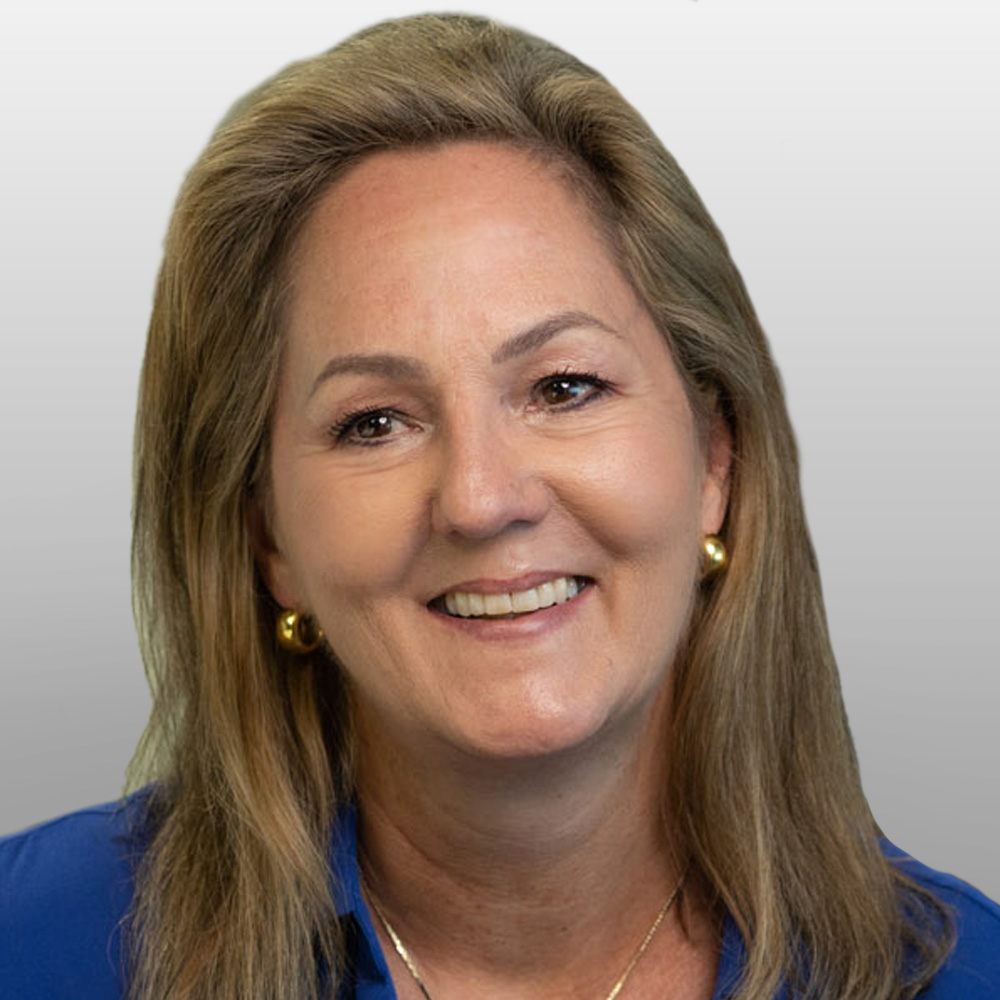There’s lots of buzz at Applied Systems around Diversity, Inclusion and Belonging (DI&B) as our team speaks boldly and courageously about our efforts to ensure employees feel respected, appreciated and that they belong. To do this, leaders must be intentional about showing inclusive leadership.
During the month of May, Applied celebrated its first-ever Diversity Awareness Month — themed Inclusion Is on Us — and Applied leaders stepped up to the plate to share stories of inclusion from their past or present.
CEO Taylor Rhodes recently shared this powerful quote from Harvard Business Review: “What leaders say and do makes up to a 70% difference as to whether an individual reports feeling included. This really matters because the more they feel included, the more they speak up, go the extra mile, and collaborate — all of which ultimately lifts organizational performance.” See Taylor's story below, then take a few minutes to read those from other Applied leaders. Don’t worry about lifting a few of these ideas for your teams. We expect you to do just that!
Taylor Rhodes, CEO
 As a young Marine, I had the chance to learn from a great leader who taught me a simple rule: If you believe your people matter, get to know their names and something about them. The colonel would walk around and make it a point to stop those he didn’t know and ask their names, where they were from, why they joined the Marine Corps, what their family was like, etc.
As a young Marine, I had the chance to learn from a great leader who taught me a simple rule: If you believe your people matter, get to know their names and something about them. The colonel would walk around and make it a point to stop those he didn’t know and ask their names, where they were from, why they joined the Marine Corps, what their family was like, etc.
“If you believe your people matter, get to know their names and something about them.”
Eventually, he learned the names of all 1,200 of the Marines in his care — and you know what? It made a huge difference in our engagement, esprit de corps and willingness to follow him. Why? Because the colonel was showing us that we weren’t just a number, but that to him each of us mattered. That is powerful!
I carried this with me as I left the Marines and went into tech. At Rackspace, I was known for knowing everyone by name, and for getting to know them as people. As the company got bigger, I did cheat and asked that the font on our ID badges be enlarged so I could see someone’s name from 20 feet away. My goal wasn’t to be superficial and pretend I knew someone when I didn’t, but to be able to greet someone I didn’t know — usually a new teammate — by name.
At Applied, pre-COVID-19, I was starting on this journey. I spent time walking the Support floor, going to various team meetings, trying to get out and learn the names and stories of our employees. I’ve tried to do this on Zoom for the past year. Post-COVID-19, I plan to re-embark on this mission in person as often as possible. But in the post-COVID world, we will be hybrid and not all in the office together, so I am learning new tricks.
My goal? Simple. Team Applied matters to me and aren’t simply numbers. Each individual matters, and what they do here matters for our team and for our customers. Getting to know their names and something about them is how I try to connect and communicate that.
Laura Lee Gentry, Chief People Officer
 As I reflect on inclusion and how it manifests itself in our day-to-day work, I think about relationships and trust. If you have authentic relationships with your colleagues and teams, almost anything is possible. Traditional corporate America told us to leave our personal selves at home and walk into the office every day with a veneer of what they deemed as “professionalism.” Why did they think it was impossible to be both professional and real? It took me years to unlearn this and, it was only when I found a workplace that truly valued personal connection that I saw what this could unlock.
As I reflect on inclusion and how it manifests itself in our day-to-day work, I think about relationships and trust. If you have authentic relationships with your colleagues and teams, almost anything is possible. Traditional corporate America told us to leave our personal selves at home and walk into the office every day with a veneer of what they deemed as “professionalism.” Why did they think it was impossible to be both professional and real? It took me years to unlearn this and, it was only when I found a workplace that truly valued personal connection that I saw what this could unlock.
“I didn’t have the right words, I couldn’t ‘fix it,’ but I could be present for her because of the love and trust between us.”
When you have real trust with people, communications are open and frank. People act with confidence when they know where they stand with their co-workers. They venture out of their comfort zones and speak their minds. And that behavior unleashes an unbelievable level of creativity, innovation and impact. But this behavior also makes space for compassion, empathy and connecting at a very human level, which can help people and teams navigate some thorny and emotionally charged situations.
As the Black Lives Matter movement really gained momentum last year, I called one of my closest Black colleagues. We had a strong relationship, and something just told me that she wasn’t OK. She shared some stark and troubling speeches that were being posted and this was what she was getting battered with every day. It cracked my heart wide open to hear her pain, witness her struggle, see these images. I didn’t have the right words, I couldn’t “fix it,” but I could be present for her because of the love and trust between us. That was a moment of pure inclusion on both sides and, while it was incredibly sad, it was also beautiful.
Trevor Bunker, Chief Customer Officer
 Early in my career, I had the opportunity to participate in a truly magical experience that has shaped my career and leadership style ever since — how to get the most out of a truly diverse team. I was invited to participate in a CEO-led transformation project to modernize our billing and licensing system and while honored to be included, I recall feeling incredibly insecure as I didn’t know anything about billing and licensing systems and was by far the most junior employee in the workshop.
Early in my career, I had the opportunity to participate in a truly magical experience that has shaped my career and leadership style ever since — how to get the most out of a truly diverse team. I was invited to participate in a CEO-led transformation project to modernize our billing and licensing system and while honored to be included, I recall feeling incredibly insecure as I didn’t know anything about billing and licensing systems and was by far the most junior employee in the workshop.
“Everything we did was intended to bring out or support various learning styles, personalities and group dynamics – truly ensuring that everyone felt comfortable and safe contributing.”
It was an amazing experience and after three days, everyone was more excited than when we started. We had a clear solution design developed and I genuinely made some friends who I continue to keep in touch with today. I recall feeling so good that I spoke to our CEO at the end of the event and stated, “I don’t know what you did but this was the best workshop ever. It was fun, everyone engaged, and we actually accomplished something.” He laughed and said that was all by design.
What he went on to explain was that the entire experience was intentionally designed, and it all started with having the right people in the room, a diverse group of backgrounds, experience levels, those with and without context of the problem, and a mix of those in different roles and leadership stages.
He explained further that everything we did – from doing pre-reads each night, sharing retrospectives each morning, documenting goals and achievements but also reading them in the group, having a mix of large group, small group, and individual breakouts – were all designed and planned experiences. Everything we did was intended to bring out or support various learning styles, personalities and group dynamics – truly ensuring that everyone felt comfortable and safe contributing. This was an incredible life lesson in the power of inclusion and diversity. There was something for everyone, which meant that everyone brought something.
Read the full blog.